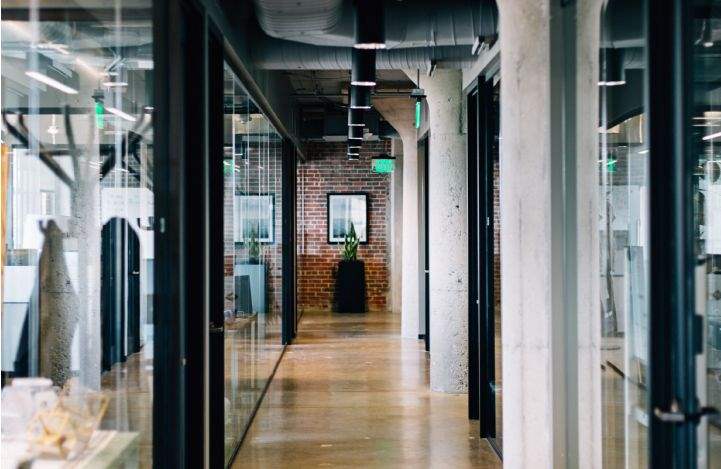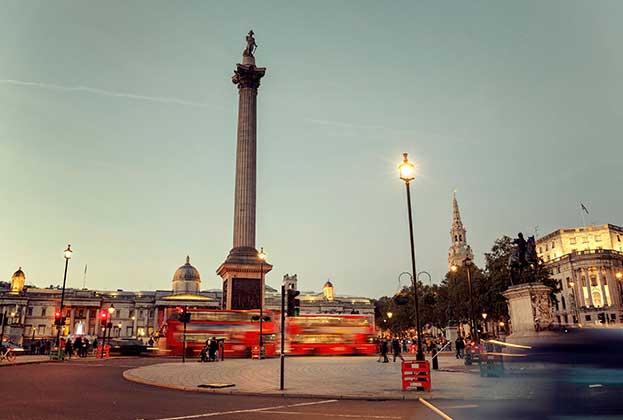The fit-out of an office is increasingly a statement of identity and culture for its occupants, spurred on by innovative and eye-catching designs where pool tables, libraries and even rooftop swimming pools don't look out of place.
How we occupy offices is clearly changing with flexible working, hot desking and integration of technology becoming common, yet many of us spend years working in the same room, or even at the same desk.
To keep things fresh and boost creativity the traditional office, with its stock blue carpet tiles and suspended ceiling, has gone out of fashion. Instead 'defurbishment' has taken the market by storm with firms removing dated features to expose brickwork, concrete and services to create larger, less uniform spaces.
Meanwhile a desire for increased collaboration has blurred the lines between meeting rooms and breakout space, leading to a spectrum of informal pods, dens and other innovative seating/working areas designed to encourage employees to share ideas.
However, while doing away with finishes and partitions to leave the bones of a building bare may seem a quick and relatively inexpensive way to give the office a new lease of life, there are some things to bear in mind.
It can’t be assumed that your boring white walls are hiding artfully distressed brickwork worthy of a San Francisco loft, and your existing air-conditioning ductwork is unlikely to be an aesthetic masterpiece. Appropriating these materials into architectural focal points is a craft in itself and attention will need to be given to the small details as well as overall design.
The skilled workmanship required to satisfactorily repoint a brick wall is likely to cost more than to plasterboard over it. The same can be said for revealing light fixtures and air conditioning previously hidden away above suspended ceilings. Exposing such paraphernalia to the harsh light of day will require a level of attention to detail that may prove to be costly.
The creation of collaboration spaces with the use of plants, ping pong tables and food and beverage facilities will undoubtedly create a talking point, social hub and boost morale. However, the extra space required for these features is an added cost and it needs to be designed so as not to disturb colleagues working nearby.
The trend for defurbished office space is linked to the increasing lack of Grade A offices as firms and landlords look for a way to personalise and breathe new life into their existing premises. The result is high-quality offices which focus on creating an open working environment for a happy, productive workforce.
Making office spaces brighter, larger and more modern as a way to encourage creativity and the sharing of ideas will inevitably have budget implications. Defurbishment should not be seen as a cheap option or a quick fix, but with the benefits on offer for a lot of firms it’s a price worth paying.


(1).jpg)

.jpg)



.jpg)

